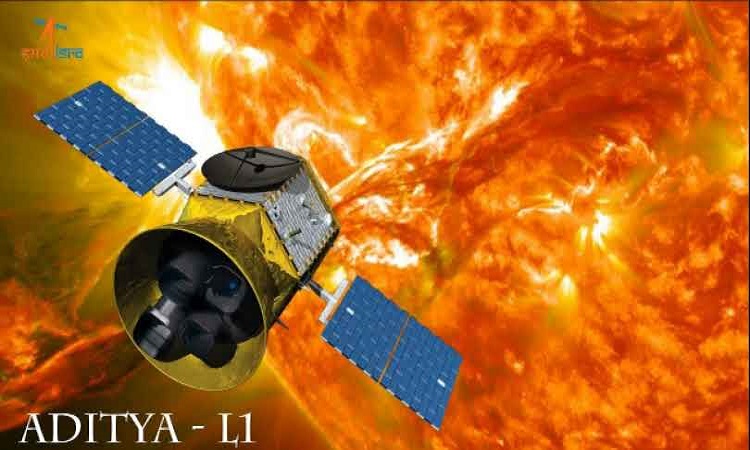 English
English

As per a statement issued by ISRO, the Aditya Solar Wind Particle Experiment (ASPEX) payload onboard India’s Aditya-L1 satellite is performing normally. Read further on Dynamite News:

New Delhi: The Indian Space Research Organisation (ISRO) informed on Saturday that the Solar Wind Ion Spectrometer (SWIS), the second instrument in the Aditya Solar Wind Particle Experiment (ASPEX) of its maiden solar mission, Aditya L1 is operational.
"The Solar Wind Ion Spectrometer (SWIS), the second instrument in the Aditya Solar Wind Particle Experiment (ASPEX) payload is operational. The histogram illustrates the energy variations in proton and alpha particle counts captured by SWIS over 2-days," ISRO said in a post on X.
As per a statement issued by ISRO, the Aditya Solar Wind Particle Experiment (ASPEX) payload onboard India's Aditya-L1 satellite is performing normally.
ASPEX comprises two cutting-edge instruments - the Solar wind Ion Spectrometer (SWIS) and STEPS (SupraThermal and Energetic Particle Spectrometer).
The STEPS instrument became operational on September 10, 2023. The SWIS instrument was activated on November 2, 2023, and has exhibited optimal performance, the statement mentioned. ISRO further stated that the ASPEX has begun its measurements of solar wind ions.
"SWIS, utilizing two sensor units with a remarkable 360° field of view each, operates in planes perpendicular to one another. The instrument has successfully measured solar wind ions, primarily protons and alpha particles," the statement said.
"A sample energy histogram acquired from one of the sensors over two days in November 2023 illustrates variations in proton (H+) and alpha particle (doubly ionized helium, He2+) counts. These variations were recorded with nominal integration time, providing a comprehensive snapshot of solar wind behaviour," it added. (with ANI inputs)